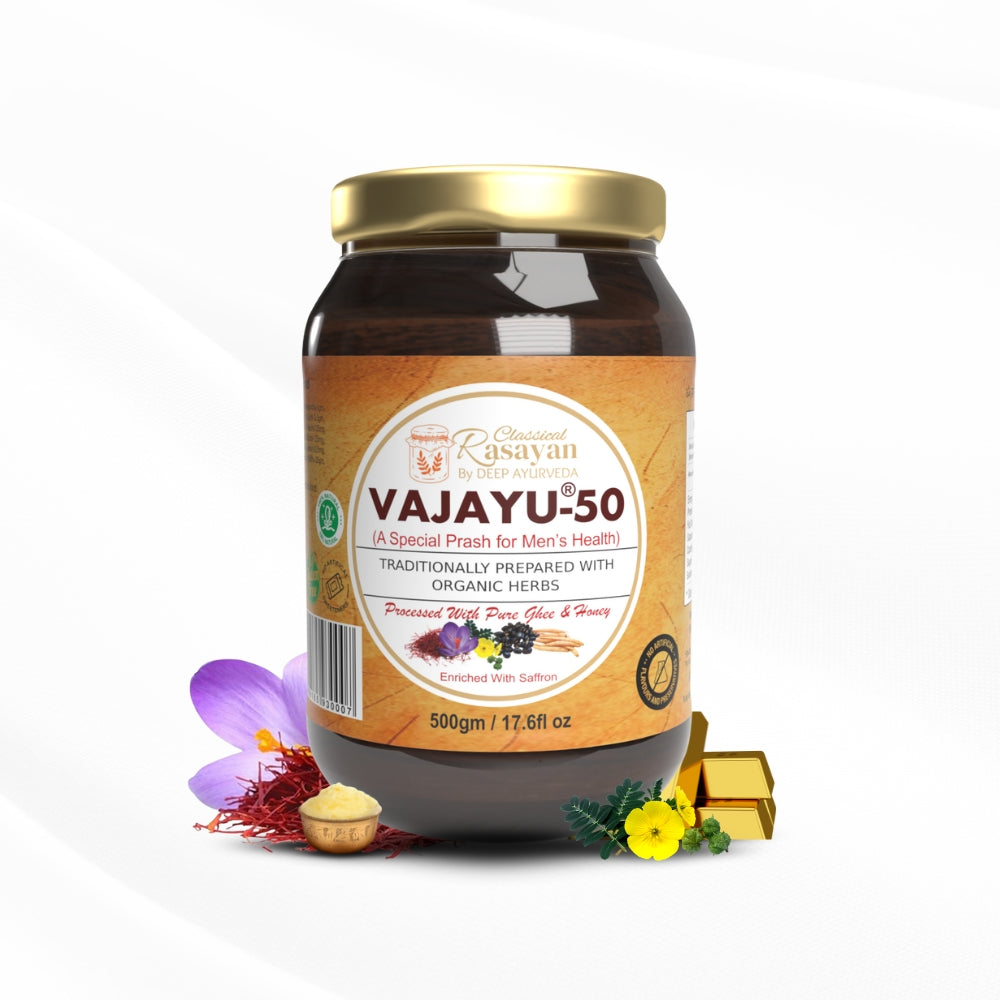“Tri-doshaTheory”- The central concept of Ayurvedic medicine is the theory that health exists when there is a balance between three fundamental bodily senses of humor or tridoshas called Vata, Pitta and Kapha.
Every person contains all three doshas. However, the proportion varies according to the person, and usually, one or two Doshas are predominant. Within each person, the Doshas are regularly interacting with each other and with the Doshas in all of nature.
This explains why a human can have much in similar but also have an endless variety of individual characters in the way they behave and respond to their environment.
In Ayurvedic ideology, the five elements associate in pairs to form three dynamic strength or synergy called “doshas”. Dosha means “that which changes.” word taken from the root dus, which is correlative to the English prefix ‘dys’, such as in dystrophy, dysfunction, etc. In this sense, dosha can be the witness as a fault, error, mistake or an infringement against the cosmic rhythm.
Vata: is the air principle necessary to mobilize the function of the nervous system, brain functions, sensory organs
Pitta: is the fire principle that uses bile to direct digestion & hence metabolism into the venous system.
Kapha: is the water principle that relates to mucous and lubrication and the carrier of nutrients into the arterial system.
The Doshas are continually moving in dynamic balance, one with the others. Doshas are required for life to come into existence. In Ayurveda, dosha is also known as the organizational principles of Ayurveda as every living thing in nature is characterized by the dosha.
Functions of the Doshas
VATTA- Movement Breathing Natural Urges, Transformation of the tissues, Motor functions, Sensory functions, Secretions, Excretions, Fear, Emptiness, Anxiety, Thoughts, Nerve impulses
PITA- Body heat, Temperature, Digestion, Perception, Understanding, Hunger, Thirst Intelligence, Anger Hate, Jealousy
KAPHA- Stability Energy, Lubrication Forgiveness Greed Attachment Accumulation, Holding Possessiveness
 What is Ayurveda- Introduction :
What is Ayurveda- Introduction :
 Tridosha Theory (Tri energy)
Tridosha Theory (Tri energy) Agni in Sanskrit means fire and is used to describe all metabolic functions in our body.
Agni in Sanskrit means fire and is used to describe all metabolic functions in our body.
